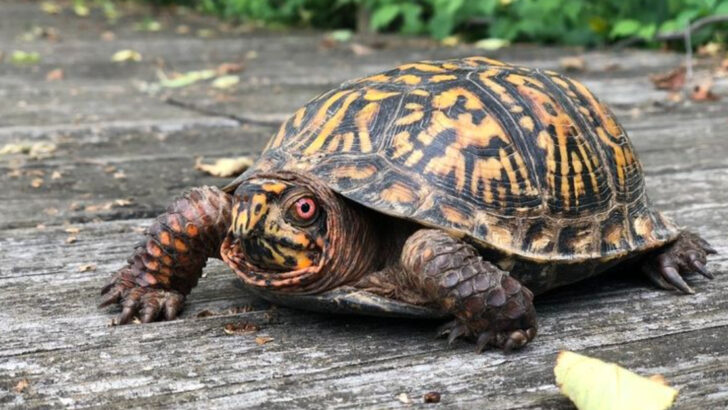You might think it’s your yard—but to these creatures, it’s protected turf. From tiny frogs to surprising snakes, some wild guests come with legal backing. That’s right—there are animals you can’t touch, trap, or move, no matter how inconvenient their visit might be. And if you do? The fines can bite harder than the animals themselves. These aren’t just any backyard invaders. They’re species so important to local ecosystems that the law steps in to shield them—even from your lawnmower, your shovel, or your pest control plans. Some are endangered. Some are just really, really good at hiding. But all 12 of these protected creatures have one thing in common: if they pick your yard, you’re stuck playing host. Let’s meet the critters that come with legal “Do Not Disturb” signs—and find out why they’re worth the hassle.
Eastern Box Turtle
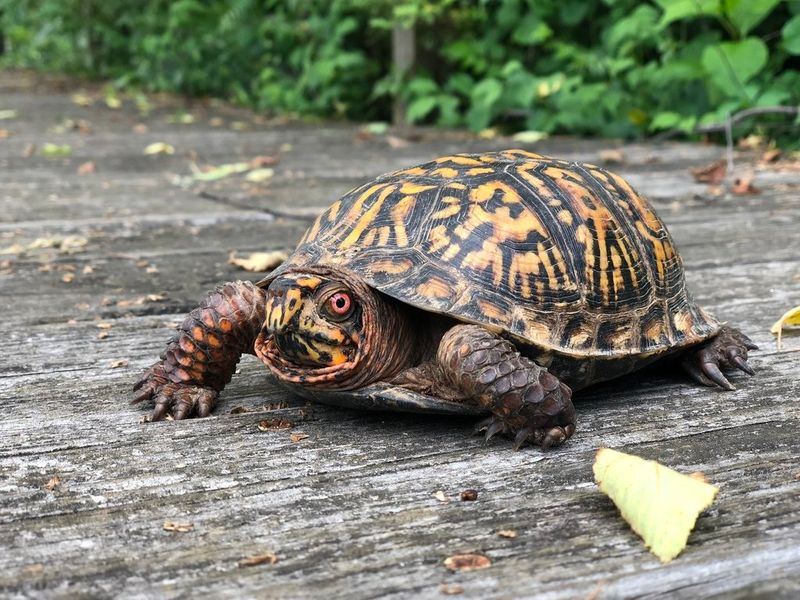
With a shell as vibrant as a painted canvas, the Eastern Box Turtle is a master of disguise among the foliage. Despite its slow pace, this turtle can live up to 100 years, often outliving the trees that shade it. In your yard, it’s like a piece of living history wandering through time.
These turtles are protected, making them permanent residents once they choose your garden. As omnivores, they might munch on everything from worms to berries, contributing to the ecosystem’s balance. But beware, relocating them is illegal and harmful to their survival.
Bald Eagle

Perched high with a gaze as sharp as its talons, the Bald Eagle commands respect. These raptors are not just symbols of freedom but are protected by stringent laws. Spotting one in your backyard is like having a piece of national heritage at hand.
Their nests, often enormous and reused yearly, can weigh a ton. If one has chosen your yard, it’s a sign of ecological richness. Disturbing them or their nests can lead to hefty fines, ensuring these majestic birds remain undisturbed.
Monarch Butterfly

Fluttering like stained-glass on wings, the Monarch Butterfly is a seasonal visitor you’ll want to keep. Known for their epic migrations, these butterflies rely on milkweed planted in many gardens to lay their eggs.
While they add a splash of color, Monarchs are also crucial pollinators. Their populations are declining, leading to protection efforts. It’s illegal to harm them, emphasizing the need for gardens to serve as sanctuaries. Watching their metamorphosis is a magical experience for any nature enthusiast.
Northern Long-Eared Bat
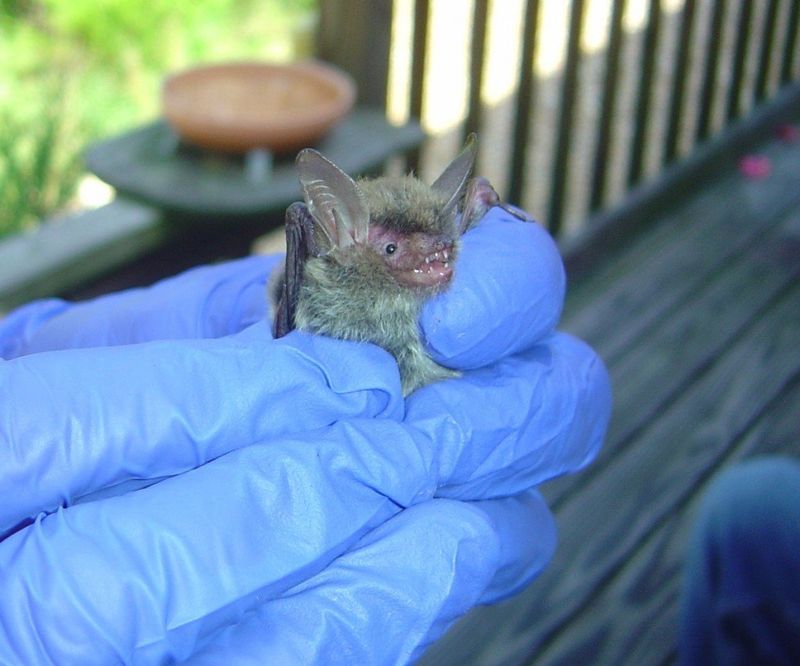
Cloaked in nightly mystery, the Northern Long-Eared Bat might make your shed its home. Known for their echolocation abilities, these bats are essential insect predators, keeping mosquito populations in check.
As their habitats are threatened, they’ve become protected under the Endangered Species Act. If they choose your yard, consider it a natural pest control gift. Disturbing or excluding them during roosting season is illegal, ensuring their populations can recover.
Gopher Tortoise
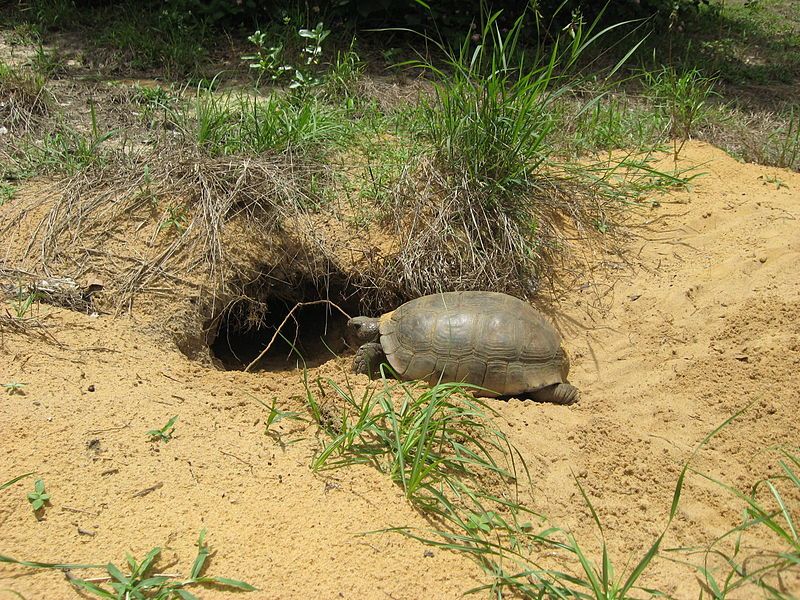
With determination mirrored in their slow crawl, Gopher Tortoises are natural excavators. Known for digging extensive burrows, they create habitats for over 300 other species. These tortoises are a keystone species and protected across their range.
Their presence signifies a healthy ecosystem. Moving them is illegal without permits, as it disrupts their role in nature’s balance. Watching them laboriously dig their homes is a testament to nature’s engineering marvels.
Cecropia Moth
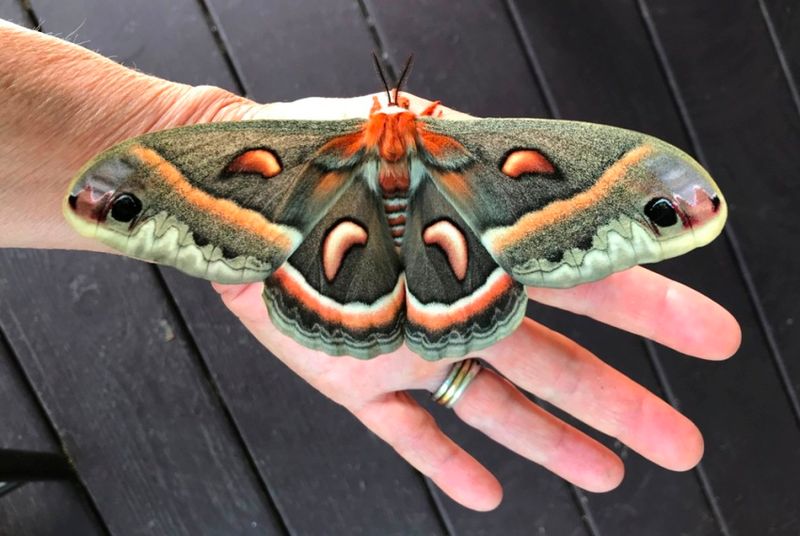
With wings that resemble an artist’s palette, the Cecropia Moth is North America’s largest native moth. These nocturnal giants can often be found in suburban gardens, resting during daylight.
Their presence is fleeting, as adults live only for about two weeks. This time is spent on reproduction since they do not eat as moths. They are federally protected due to habitat loss. Observing their brief lifecycle is a reminder of the delicate balance in nature’s timing.
Red-Cockaded Woodpecker
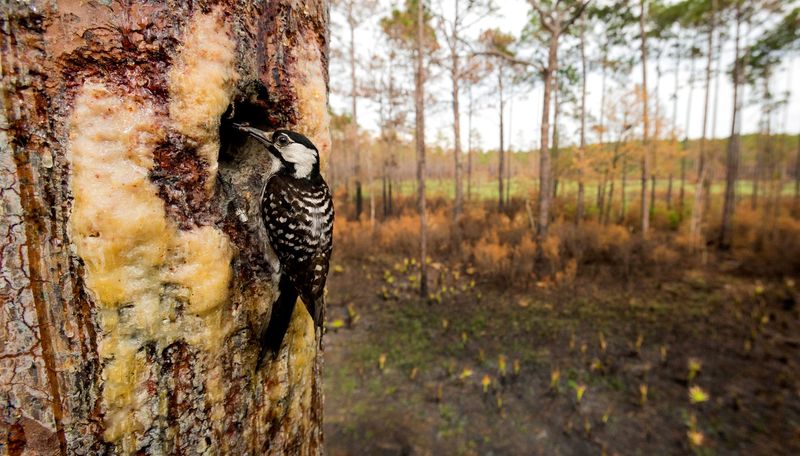
With a tap-tap-tap, the Red-Cockaded Woodpecker announces its presence. These birds are unique for their preference for living trees, particularly pines, which they excavate over months.
Their presence indicates a mature, healthy forested environment. They are protected due to their declining numbers and specialized habitat needs. If they’ve chosen your trees, it’s an endorsement of your yard’s natural wealth. Protecting their habitat is crucial for their survival.
Hellbender Salamander
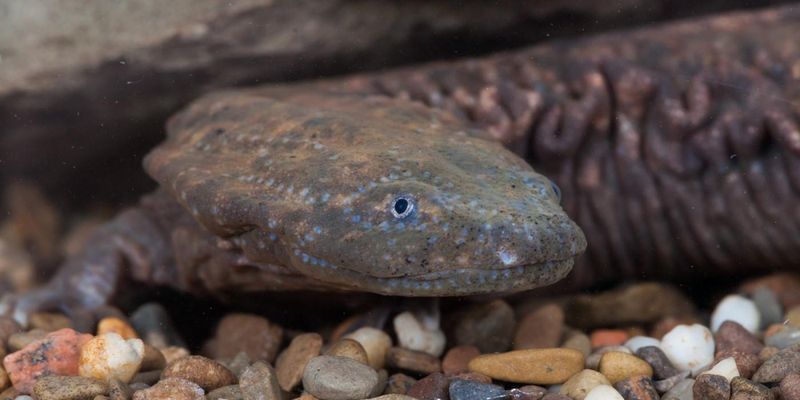
Known as the ‘snot otter,’ the Hellbender Salamander is an unusual aquatic resident. Preferencing clear, fast-flowing streams, they can sometimes be found near yards with creeks. Their presence indicates clean water, as they are sensitive to pollution.
These amphibians are protected due to habitat degradation and declining numbers. Watching them glide effortlessly in the water is a unique spectacle. Taking them from their habitat is prohibited, ensuring they continue their role in aquatic ecosystems.
American Alligator

With a prehistoric look, the American Alligator is a surprising backyard guest in some southern regions. These reptiles often visit during their basking hours, lending a wild allure.
They are a conservation success story, rebounding due to legal protection. Although they may seem intimidating, alligators are generally shy if left alone. Removing or harming them is illegal, as they play a vital role in wetland ecosystems.
Great Horned Owl
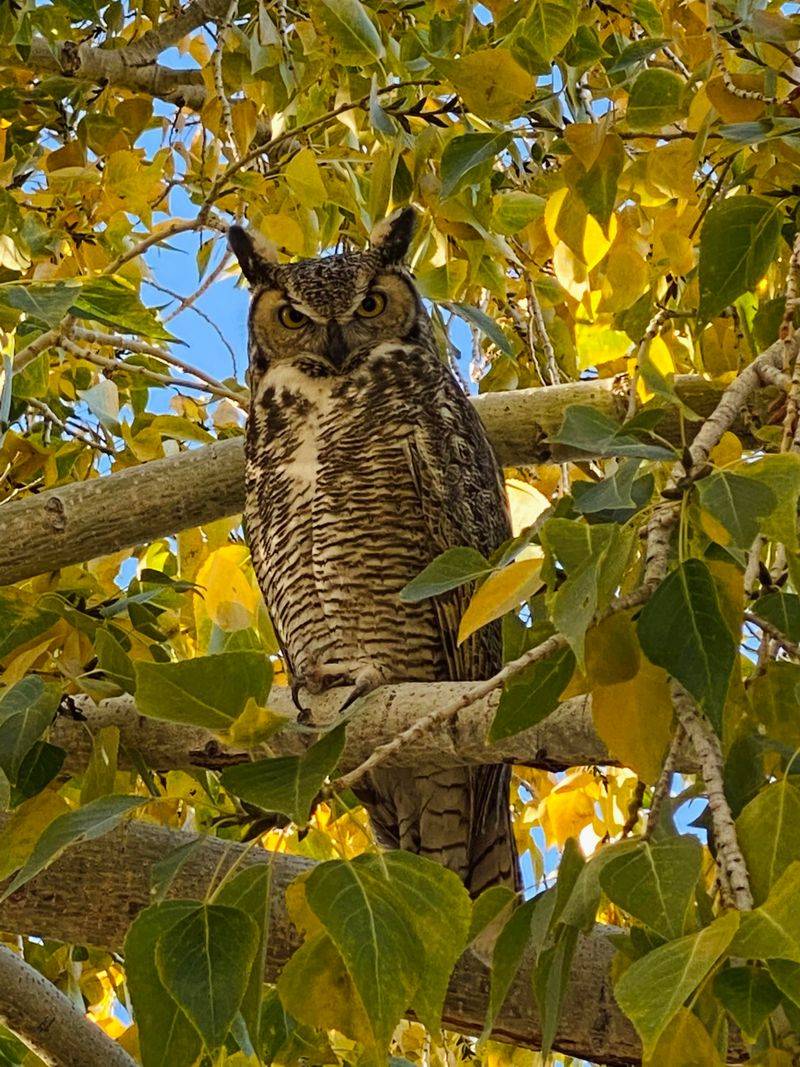
Silent as the night itself, the Great Horned Owl is a nocturnal hunter extraordinaire. With a call that echoes through the night, it’s both a haunting and enchanting presence.
These owls are protected to maintain ecological balance, as they control rodent populations. Their nests are often reused, and disturbing them is unlawful. Observing one swoop silently through the night sky is a memorable experience.
Snapping Turtle
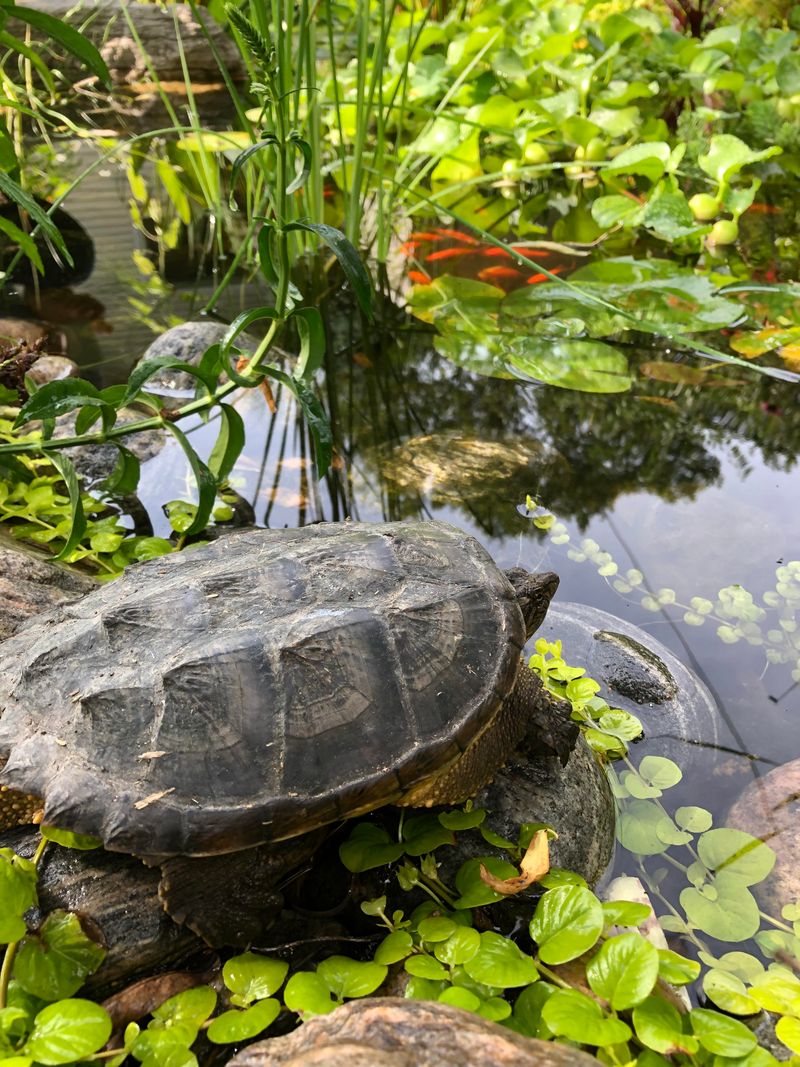
With a bite said to be as swift as lightning, the Snapping Turtle is a formidable pond resident. These turtles can live for decades, growing slowly in the watery depths of your local pond.
Protected under wildlife laws, their unique role in aquatic ecosystems is crucial. They clean the water by feasting on carrion and detritus. It’s illegal to capture or harm these turtles, ensuring they remain guardians of the pond’s health.
Blue Jay
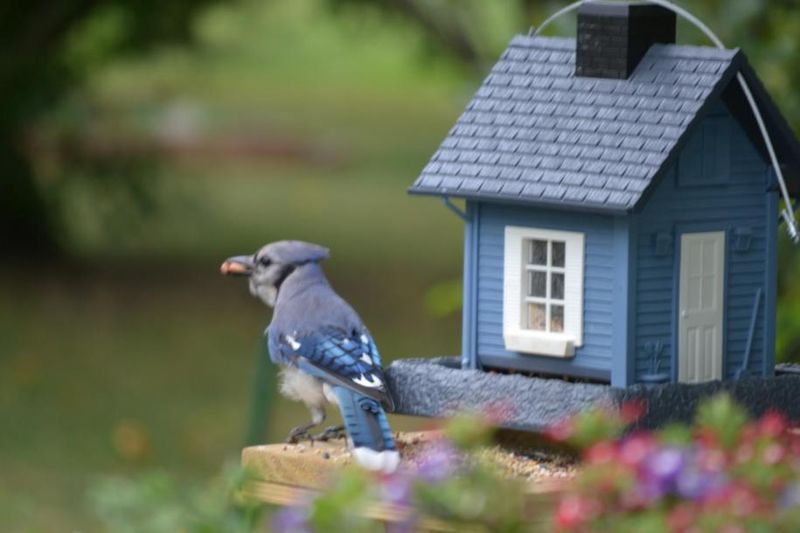
With a flash of blue and a cheeky squawk, the Blue Jay is a lively addition to any garden. Known for their intelligence and complex social behaviors, they are more than just pretty birds.
These jays are protected under the Migratory Bird Treaty Act. They play a critical role in spreading seeds and maintaining forest health. If they frequent your feeders, they are likely the garden’s unofficial guardians, warning other birds of potential danger.

